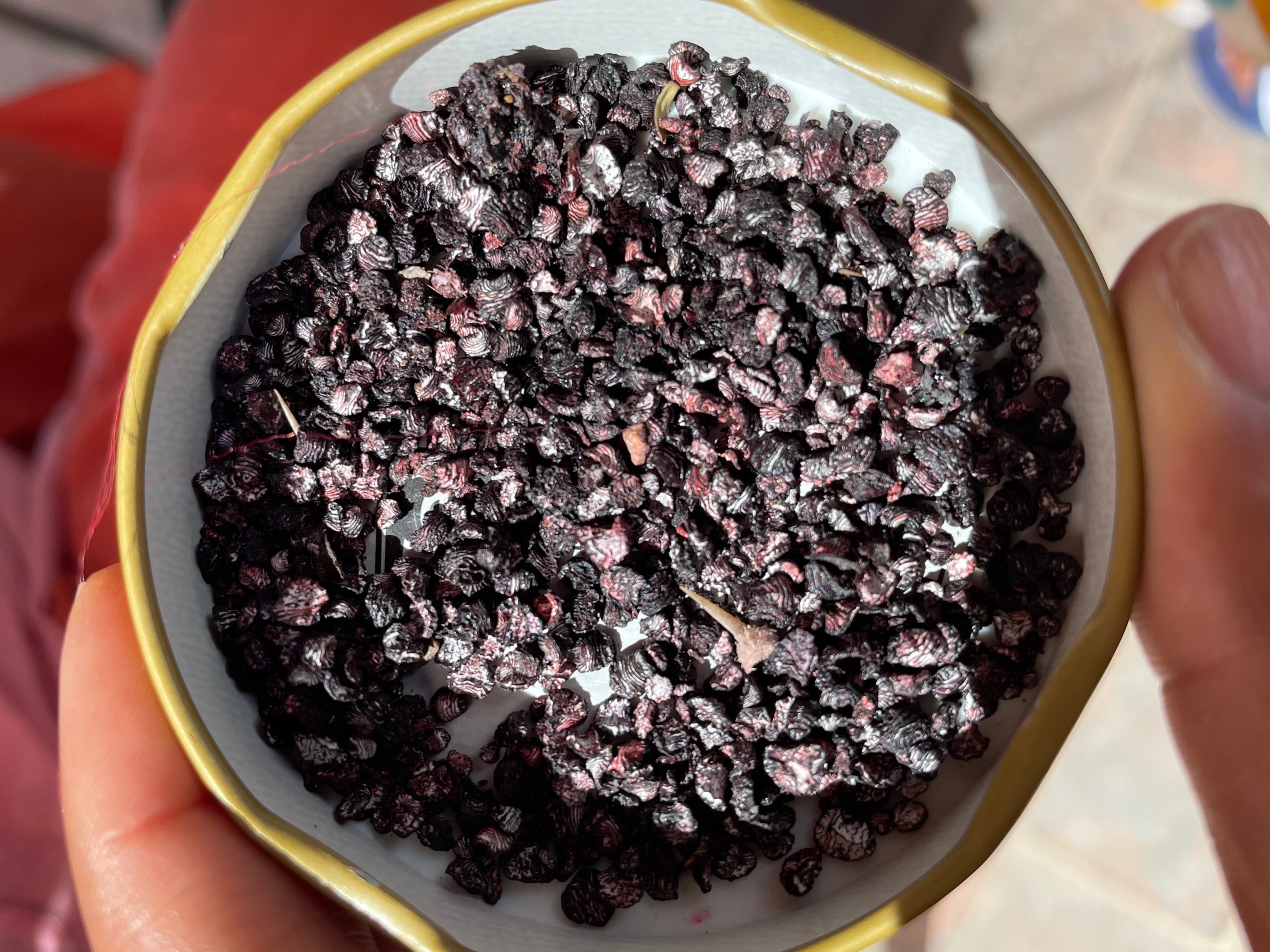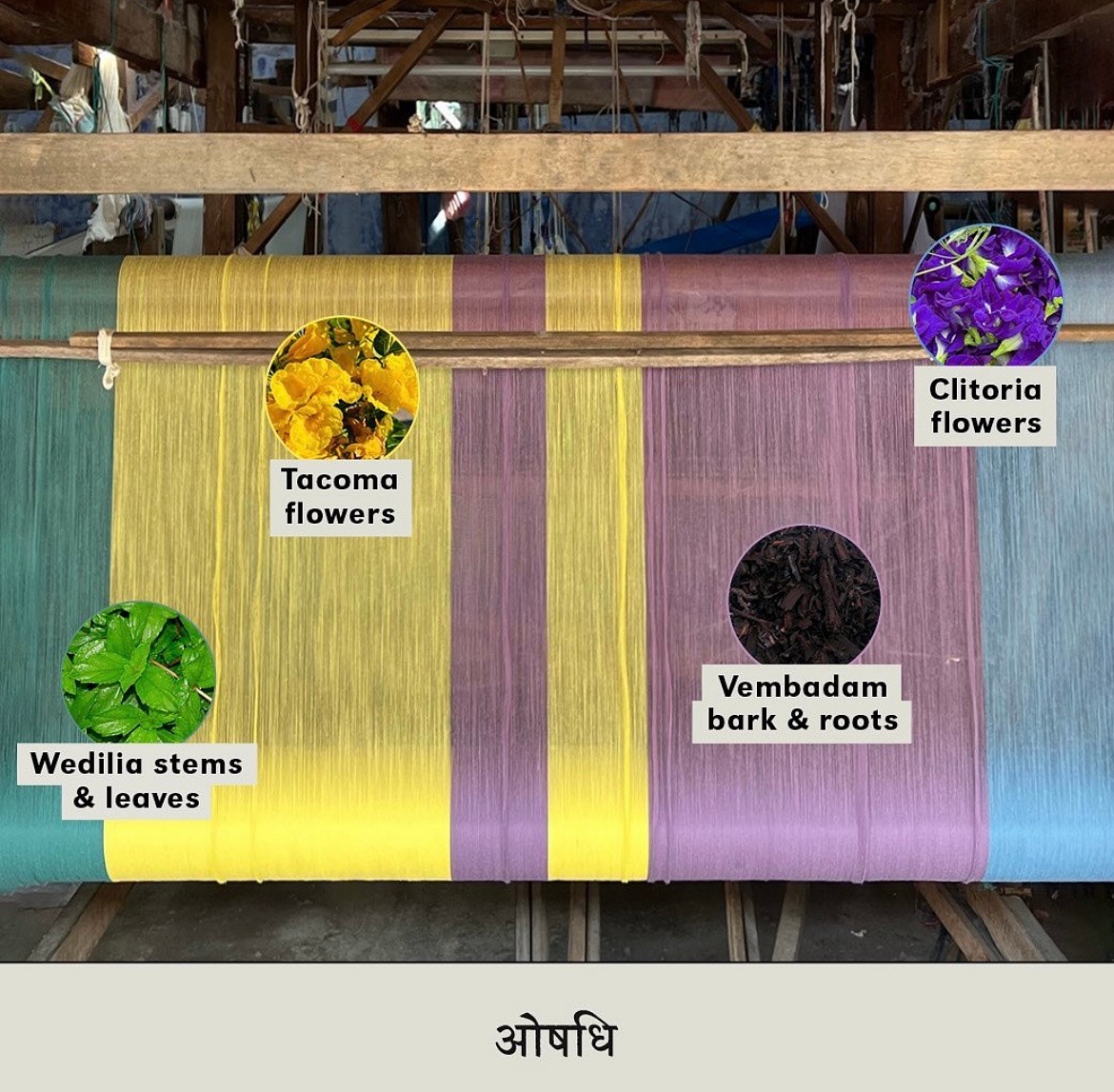Natural Dyeing








Indigo is another natural dye with thousands of years of history. I spent time learning more about the practice with a master natural dyer in Sumba, Indonesia during an independent solo trip. In Indonesia, they use the fresh indigo leaves and ferment them to create the dye bath, which can be saved and continuously re-used for several years. While in Oaxaca, they indigo is turned into a crushed powder to create dye.
Turmeric–yes the ground spice powder sitting in your cabinet– is a natural dye we use often at our studio in Brooklyn, to dye silk and cotton to a bright lemon yellow.. We have an at-home turmeric dyeing tutorial on our Tiktok.

Stingray, the newest collection, features a fully plant-dyed custom yarn-dye weave. The 4-color striped warp was intentionally designed to be able to create several different shades of colors in the cross-weave. These are the locally grown South Indian flowers, barks, and leaves involved in making this intricate handloom weave:
*Alkanet- the roots of this bright blue flower are used to dye to lilac and shades of purple.
*Butterfly Pea Flower (which has recently become a trendy tea because of its bright blue color and healing properties) to make blue dye. In India, this flower is referred to by its latin name, clitoria. I looked it up, and interestingly the body part is named after this flower which has a similar shape, and not vice versa!
*Wedelia flowers for teal green.
*Tacoma flowers for a bright yellow.
